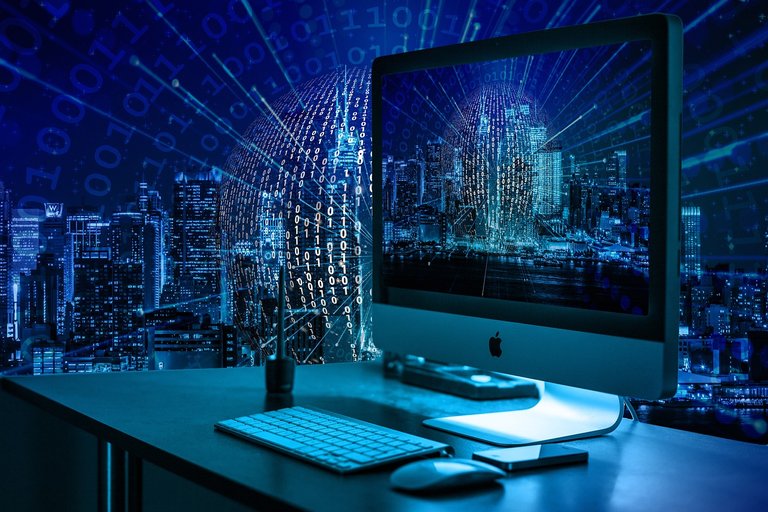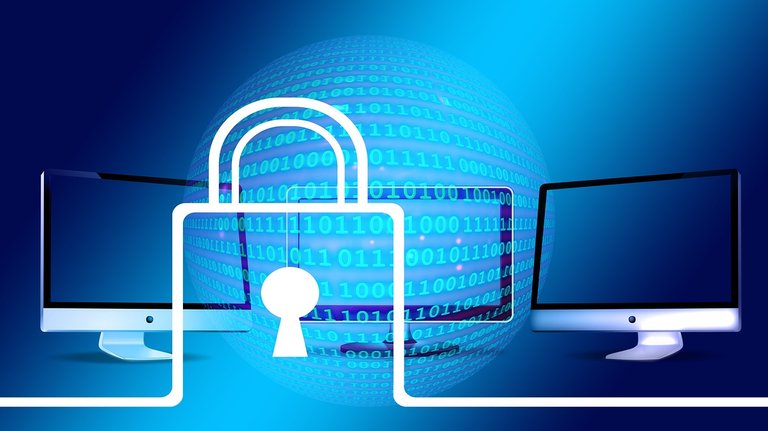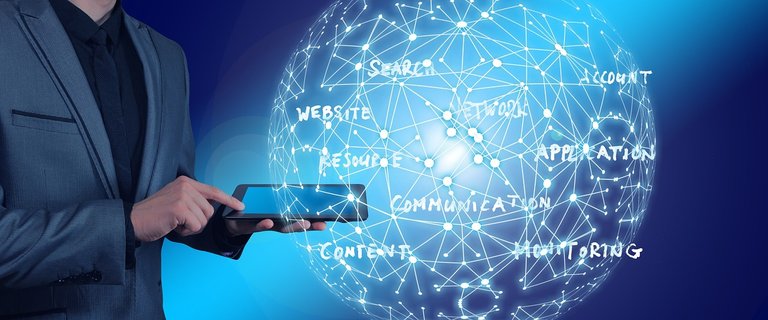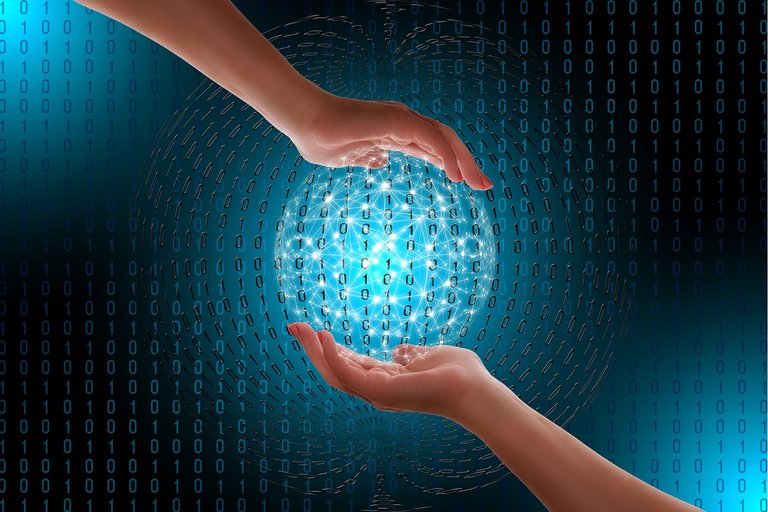What is a decentralized autonomous organization, and how does a DAO work?
A decentralized autonomous organization (DAO) is an entity with no central leadership. Decisions get made from the bottom-up, governed by a community organized around a specific set of rules enforced on a blockchain.

DAOs are internet-native organizations collectively owned and managed by their members. They have built-in treasuries that are only accessible with the approval of their members. Decisions are made via proposals the group votes on during a specified period.

A DAO works without hierarchical management and can have a large number of purposes. Freelancer networks where contracts pool their funds to pay for software subscriptions, charitable organizations where members approve donations and venture capital firms owned by a group are all possible with these organizations.

Before moving on, it’s important to distinguish a DAO, an internet-native organization, from The DAO, one of the first such organizations ever created. The DAO was a project founded in 2016 that ultimately failed and led to a dramatic split of the Ethereum network

How does a DAO work?

As mentioned above, a DAO is an organization where decisions get made from the bottom-up; a collective of members owns the organization. There are various ways to participate in a DAO, usually through the ownership of a token.
DAOs operate using smart contracts, which are essentially chunks of code that automatically execute whenever a set of criteria are met. Smart contracts are deployed on numerous blockchains nowadays, though Ethereum was the first to use them.

These smart contracts establish the DAO’s rules. Those with a stake in a DAO then get voting rights and may influence how the organization operates by deciding on or creating new governance proposals.
This model prevents DAOs from being spammed with proposals: A proposal will only pass once the majority of stakeholders approve it. How that majority is determined varies from DAO to DAO and is specified in the smart contracts.

DAOs are fully autonomous and transparent. As they are built on open-source blockchains, anyone can view their code. Anyone can also audit their built-in treasuries, as the blockchain records all financial transactions.
Why do we need DAOs?
Being internet-native organizations, DAOs have several advantages over traditional organizations. One significant advantage of DAOs is the lack of trust needed between two parties. While a traditional organization requires a lot of trust in the people behind it — especially on behalf of investors — with DAOs, only the code needs to be trusted.

Trusting that code is easier to do as it’s publicly available and can be extensively tested before launch. Every action a DAO takes after being launched has to be approved by the community and is completely transparent and verifiable
EXAMPLES OF DAOS

The decentralized finance (DeFi) space uses DAOs to allow applications to become fully decentralized
Thank you for Reading ❤
About LeoFinance
LeoFinance is a blockchain-based Web3 community that builds innovative applications on the Hive, BSC, ETH and Polygon blockchains. Our flagship application: LeoFinance.io allows users and creators to engage & share micro and long-form content on the blockchain while earning cryptocurrency rewards.
Our mission is to democratize financial knowledge and access with Web3.
Twitter: https://twitter.com/FinanceLeo
Discord: https://discord.gg/E4jePHe
Whitepaper: https://whitepaper.leofinance.io
Our Hive Applications
Join Web3: https://leofinance.io/
Microblog on Hive: https://leofinance.io/threads
LeoMobile (IOS): https://testflight.apple.com/join/cskYPK1a
LeoMobile (Android): https://play.google.com/store/apps/details?id=io.leofi.mobile